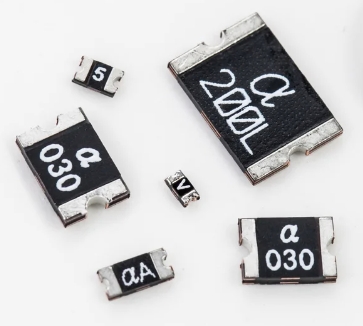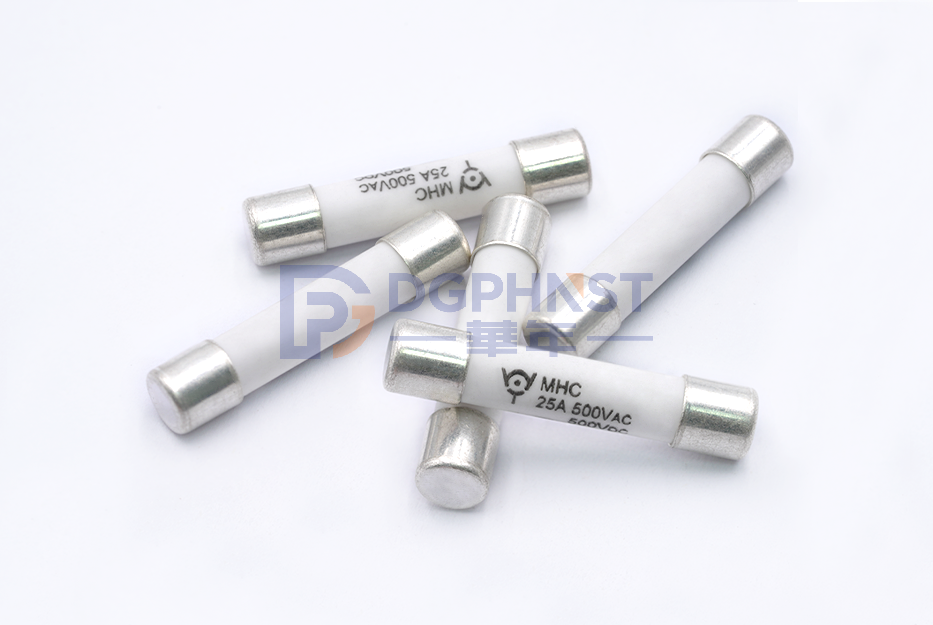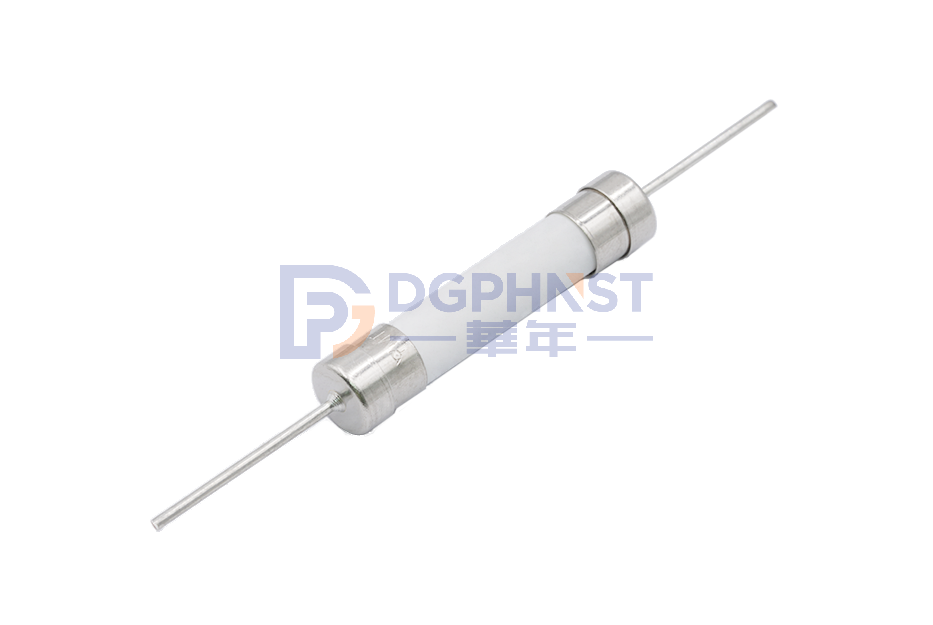In electronic circuits and protection, the Polyswitch plays a very important role. When the current is overloaded, the circuit is automatically disconnected, and the conductive function can be automatically restored after the abnormal situation is eliminated, so that no manual replacement is required, which is convenient and improves the safety of the system. There is a common question surrounding the use of self-restoring fuses: Do these fuses have positive and negative terminals?

To answer this question, we understand the construction and operation of self-restoring fuses. Unlike previous glass tube or ceramic tube fuses, self-restoring fuses consist of a polymer matrix and conductive material. The working principle is based on the polymer material's Positive Temperature Coefficient (PTC) effect, which is the property that the resistance increases with the increase of temperature. When the current passing through the fuse exceeds its set threshold, the heat generated causes the polymer to expand, reducing the contact between conductive particles, which dramatically increases the resistance and limits the passage of excess current.
The polarity problem of self-restoring fuses, in fact, most self-restoring fuses are non-polar. This is because it is mainly composed of polymeric materials, and these materials do not actually have the PN junction structure of previous semiconductors, so they cannot provide the one-way conductivity of semiconductor devices such as diodes. This means that self-restoring fuses can operate without a clear distinction between positive and negative poles.
It is important to note that not all self-restoring fuses are completely non-polar. Some special fuses include polar components, in which case carefully review the manufacturer's technical specifications before use. When using self-restoring fuses, proper circuit connections are still very important, because although the fuses themselves are not polar, faulty connections can cause damage to other components in the circuit.
For most applications, the self-restoring fuse can be used without considering the positive and negative electrodes. In order to ensure the stability and safety of electronic equipment, it is recommended that before installing and using self-restoring fuses, carefully consult the product information to confirm whether it has polar characteristics, and follow the instructions provided by the manufacturer. In this way, it can fully have the protective effect of self-restoring fuses, while avoiding unnecessary circuit failures.


